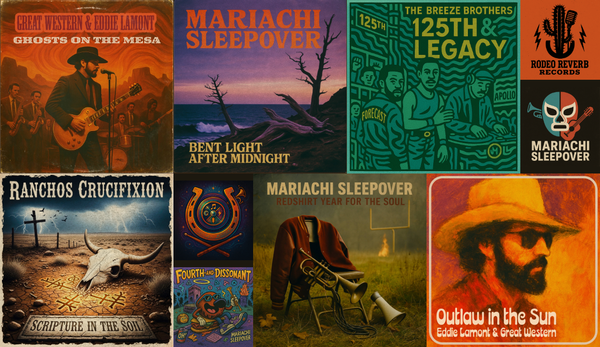
News
GWA Day 2025
The Year the Library of Congress Said "Yeah, This Counts". Two Years In: A Celebration of Getting Legitimately Weird with It

News
The Year the Library of Congress Said "Yeah, This Counts". Two Years In: A Celebration of Getting Legitimately Weird with It
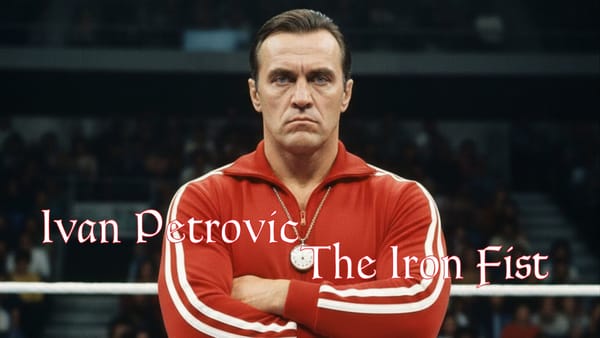
Profiles
The Cold War's most calculating mind stepped from the shadows of Olympic coaching into professional wrestling's spotlight, transforming Soviet discipline into ringside dominance through calculated manipulation and iron-fisted control.
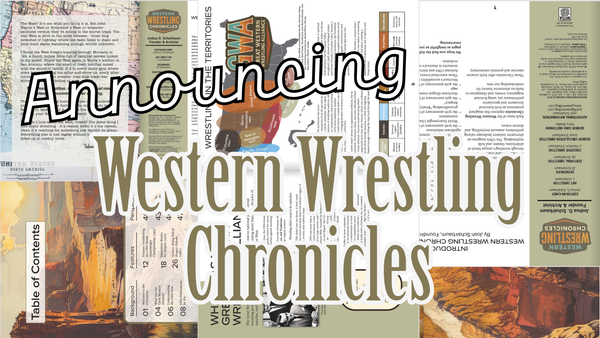
News
The definitive collection of GWA's most pivotal moments across four legendary eras is here. Western Wrestling Chronicles Vol. 1 captures territorial wrestling history through authentic period journalism—experience how the same events were covered by different publications.
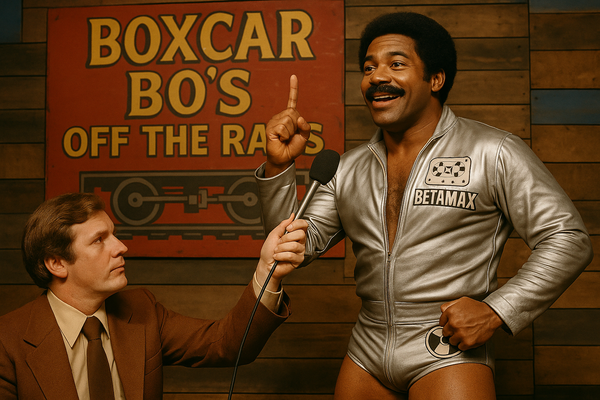
Golden Era (1976-1987)
"Tomorrow's Man, Today" - a high-flying tech enthusiast ahead of his time. Betamax promised crystal-clear performance in silver trunks but delivered tragic obsolescence in an industry not ready for his futuristic vision.
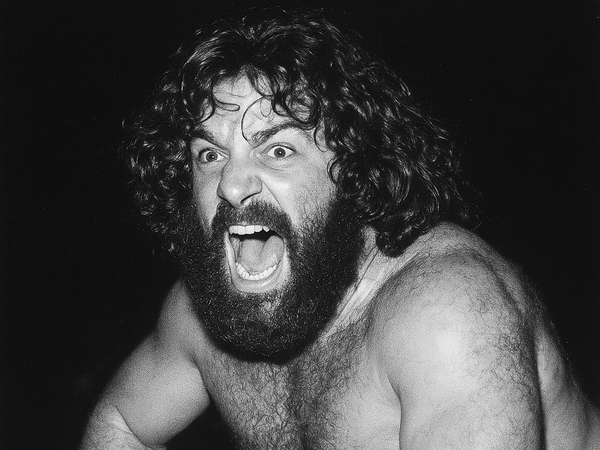
Golden Era (1976-1987)
A steel-town brawler who fought wrestling's evolution into spectacle, Brody Broscious stood as the GWA's most uncompromising antihero—respected by peers, feared by opponents, and beloved by fans who craved authenticity in an increasingly manufactured world.
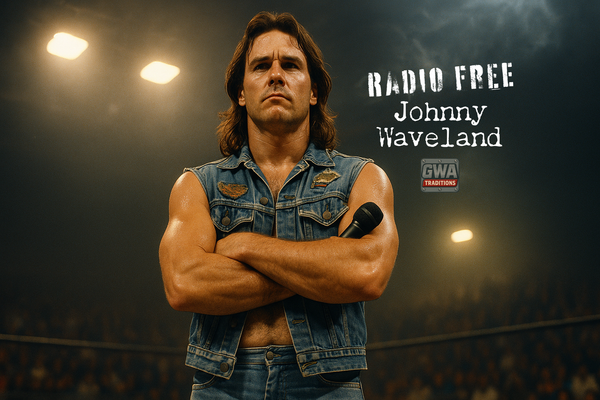
Traditions Era (1988-1993)
The pirate-signal prophet who turned wrestling's airwaves into weapons of truth, exposing corporate corruption one hijacked broadcast at a time during the GWA's final collapse.
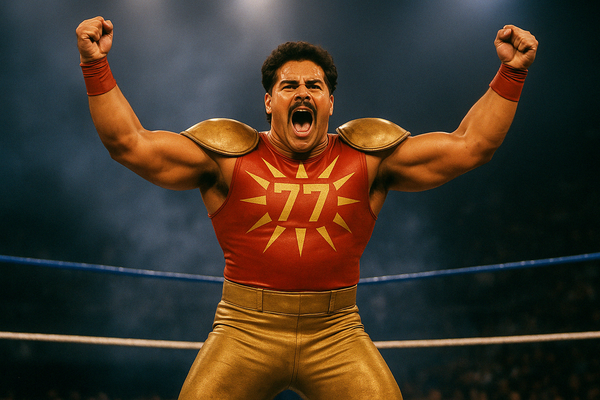
Traditions Era (1988-1993)
The cosmic gladiator who brought celestial spectacle to the squared circle, Cyrus Nova burned bright as GWA Traditions Era's most flamboyant futurist, transforming every match into a mythic battle between light and darkness.
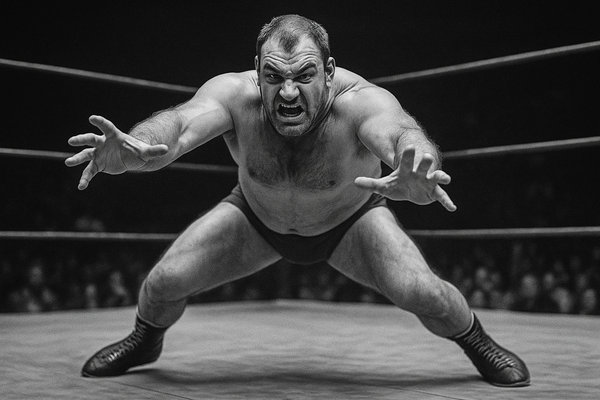
Frontier Era (1957-1968)
A longshoreman who brought honest grit to the squared circle, "Big Pete" Kosinski wasn't just another worker—he was the philosophical foundation that helped build the GWA's identity. His brief championship reign proved you didn't need flash to leave a lasting impression.
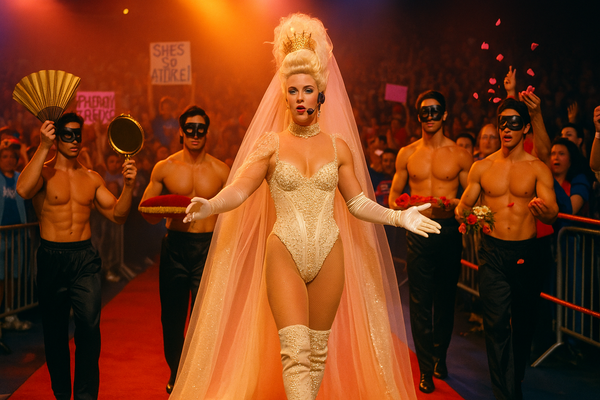
Traditions Era (1988-1993)
The ultimate culture clash: A platinum-blonde pop icon who invaded the dusty territories with runway flair and technical precision. In the ring where grit meets glamour, ProvacaDonna forced opponents to "strike a pose, or tap out" during her explosive 1990 run.
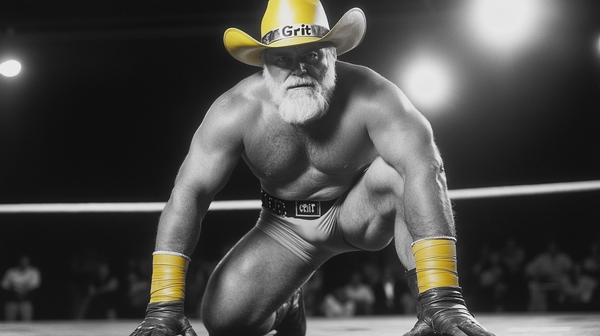
Frontier Era (1957-1968)
A force of nature in wrestling boots, "Grit" Garrett Carter embodies the Dust Bowl's fury. This barrel-chested brawler from Boise City doesn't compete—he survives, bringing storm-like intensity to every match with wild strikes and untamed rage that echoes America's forgotten struggles.

Frontier Era (1957-1968)
From the sun-scorched beaches of Ventura County emerged a technician who redefined women's wrestling without a single catchphrase. Cassie Cross proved that in the squared circle, words mean nothing when your armbars speak volumes.
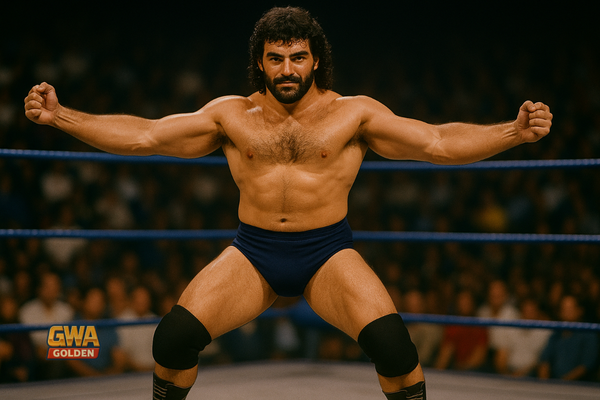
Golden Era (1976-1987)
A stoic guardian of tradition emerging from Costa Rica's rugged coastlands, "El Cadejo" Alejandro Vargas brought mythic intensity to the squared circle. Not flashy or bombastic, but through raw authenticity, punishing technique, and the quiet storm of a man fighting for something justice.